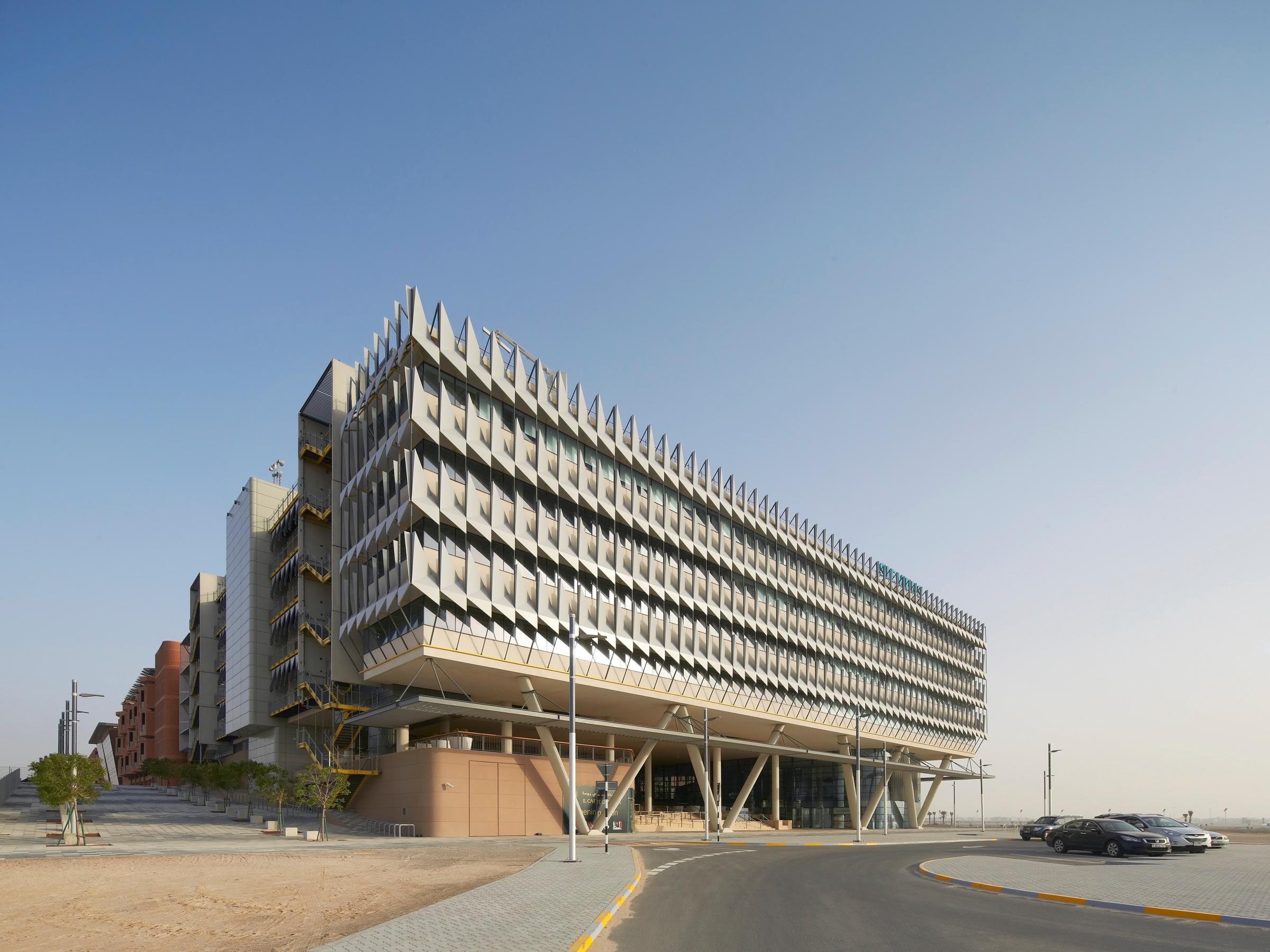
As heat waves break records across the U.S., more Americans are relying on air conditioning than ever before. Approximately 88% of all households in the country use air conditioning units, which have become essential for both comfort and health as temperatures rise. That compares to 77% of households having AC in 2001.
But with air conditioning comes both environmental and socioeconomic consequences. Air conditioning is believed to cause 1,950 million tons of CO2 emissions per year around the world, accounting for almost 4% of global carbon emissions. It’s also drive up electricity bills, making it unaffordable for some low income people, who are more likely to require emergency room visits due to extreme heat.
It doesn’t have to be like this, though. In hot climates around the world, people have been designing sustainable buildings to withstand extreme heat for hundreds of years, says John Onyango, a professor at the University of Notre Dame School of Architecture.
“In the U.S. we've been so used to feeding on cheap energy that we forgot to innovate,” says Onyango. “We have many techniques we can use to reduce heat, and we can actually borrow from what happens in the Middle East and look at Iran or look at Dubai and Turkey.”
Harnessing the wind to cool interiors
In some scorching cities, ancient forms are being used in modern construction.
In Masdar City in Abu Dhabi, a four-story building that serves as Siemens’s Middle Eastern headquarters was designed to cool itself with a minimal use of air conditioning. It was one of the first buildings in the region to receive a LEED platinum certification from the U.S. Green Buildings council, meaning it is among the most sustainable buildings on the planet. The Siemens building, which was completed in 2014, includes traditional barajeel along with carefully shaped ceiling structures that allow for natural light while preventing overheating in the hot desert climate.

Barajeels have passively cooled buildings for centuries. These wind towers can lower temperatures by up to 50 degrees Fahrenheit depending on how they are designed and the levels of wind, according to Onyango. They work by funneling hot winds from outside to the lower floors of the building or even underground, where the air is cooled naturally. The cooled air is then released inside the building.
So long as there is wind flowing, the barajeel works without ever requiring electricity. Versions of these windcatcher systems can even be used in high rises, according to Onyango.
In tall buildings, wind can be funneled through chimney-like structures called chases, says Onyango. The air flowing through the chases is then cooled by the mass of the walls, and then brought back into the building.
Another way to significantly improve the ability of a building to cool itself is to use high domed-shaped roofs, says Amin Al-Habaibeh, a professor at the School of Architecture Design and the Built Environment at Nottingham Trent University.
“The advantage of having a dome structure is that part of the building will be in the sun, but the other side of the building will be in the shadow,” says Al-Habaibeh.
This means that the heat from the sun will be naturally dispersed and less concentrated than in structures with flat roofs, he says. Using natural materials—like the stone and mud used to make homes in hot climates in Africa, the Middle East, and Asia—can help make buildings more sustainable and heat resistant, Al-Habaibeh says. In cities like Sana’a in Yemen and Djenné in Mali, many of these centuries-old, mud-based buildings are still used today.
“These environmentally friendly materials would absorb moisture during the night and evaporate during the day creating a sort of natural cooling effect,” he says.
Energy-efficient construction materials
Unlike the production process for steel or concrete, the production of stone and mud bricks does not lead to large amounts of carbon emissions. In the U.S. these materials could be used as filler material to help pad the underlying structure of walls, says Onyango.
However, all these building method remain unpopular in the U.S. due to a combination of lack of skilled workers to procure natural materials and the reluctance of building developers to pay the additional costs associated with traditional architecture.
“These methods are cheaper in the long run, but in the short run they may look expensive,” says Onyango. Building developers may be unwilling to pay the extra costs associated with traditional materials and structural designs. However, in the long run, because the building owner will pay much less for air conditioning, owners would usually save money, says Onyango.
But as temperatures climb, U.S. cities are going to have to make changes. Cities like Los Angeles and New York have gone to great lengths to repaint rooftops of existing buildings white over the last 15 years in an attempt to reduce heat. Others, like Miami, are planting new trees, which can help reduce temperatures by up to 10 degrees with enough foliage. Borrowing techniques from cities long used to living in hot climates only make sense.
Correction, August 7
The original version of this story misstated that Siemens' Middle Eastern headquarters cools itself without the use of air conditioning. The building is designed to significantly reduce the use of air conditioning, not completely eliminate it.
More Must-Reads From TIME
- The 100 Most Influential People of 2024
- How Far Trump Would Go
- Why Maternity Care Is Underpaid
- Scenes From Pro-Palestinian Encampments Across U.S. Universities
- Saving Seconds Is Better Than Hours
- Why Your Breakfast Should Start with a Vegetable
- Welcome to the Golden Age of Ryan Gosling
- Want Weekly Recs on What to Watch, Read, and More? Sign Up for Worth Your Time
Contact us at letters@time.com